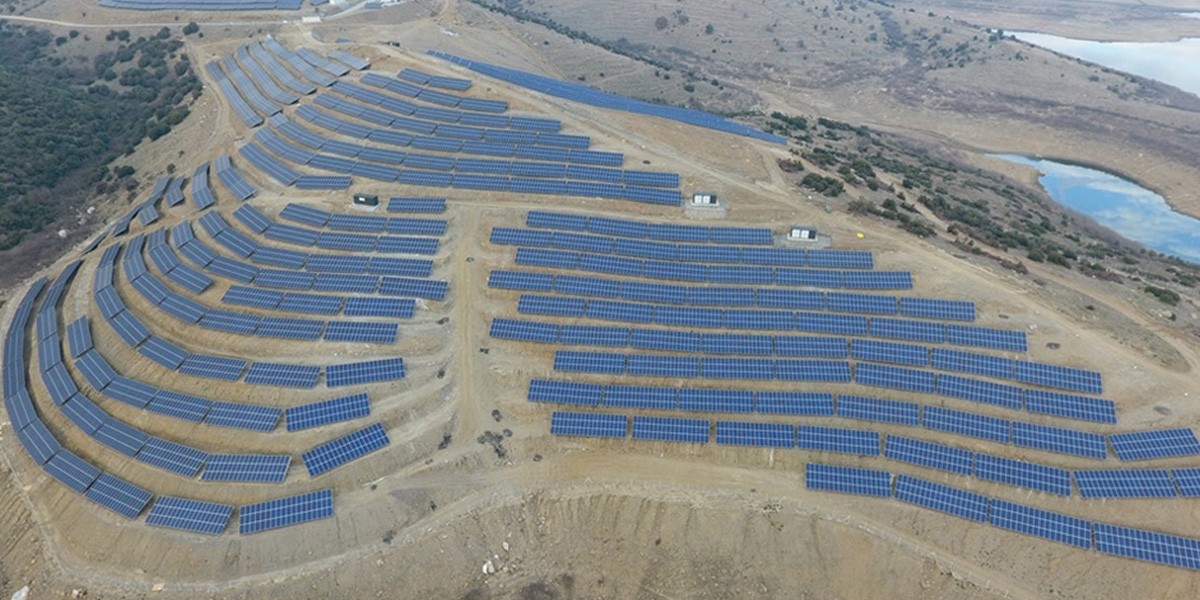
Features of Solar Panels and Materials Used
Solar panels, a cornerstone of renewable energy solutions, offer a promising path to sustainable power generation. This blog post explores the key features of solar panels and the materials commonly used in their construction.
Key Features
- Efficiency: The efficiency of solar panels indicates the percentage of sunlight converted into usable electricity. Advances in technology have significantly improved these rates, making solar power more viable.
- Durability: Modern solar panels are designed to withstand harsh weather conditions, including heavy rain, snow, and high winds. Their durability ensures a long service life, often with warranties extending up to 25 years.
- Versatility: Solar technology can be implemented in various sizes and configurations, making it suitable for everything from small residential systems to large-scale solar farms.
- Low Maintenance: Once installed, solar panels require minimal maintenance, primarily involving routine cleaning and occasional checks of the electrical systems.
Materials Used
- Silicon: The most commonly used material in solar cells, silicon is known for its semiconducting properties. It is available in two forms: monocrystalline and polycrystalline, with the former offering higher efficiency.
- Glass: A durable, transparent layer of glass protects the silicon solar cells while allowing optimal light penetration.
- Metals: Aluminum and other metals are typically used for the frames and wiring of solar panels, providing structural stability and conductivity.
- Plastic: Used in junction boxes and as an encapsulant to protect the cells, plastic materials help maintain the integrity and longevity of solar panels.
Solar panels blend innovative technology with robust materials to provide reliable and renewable energy. As technology progresses, the efficiency and utility of solar panels continue to advance, promising an even brighter future for solar energy.
